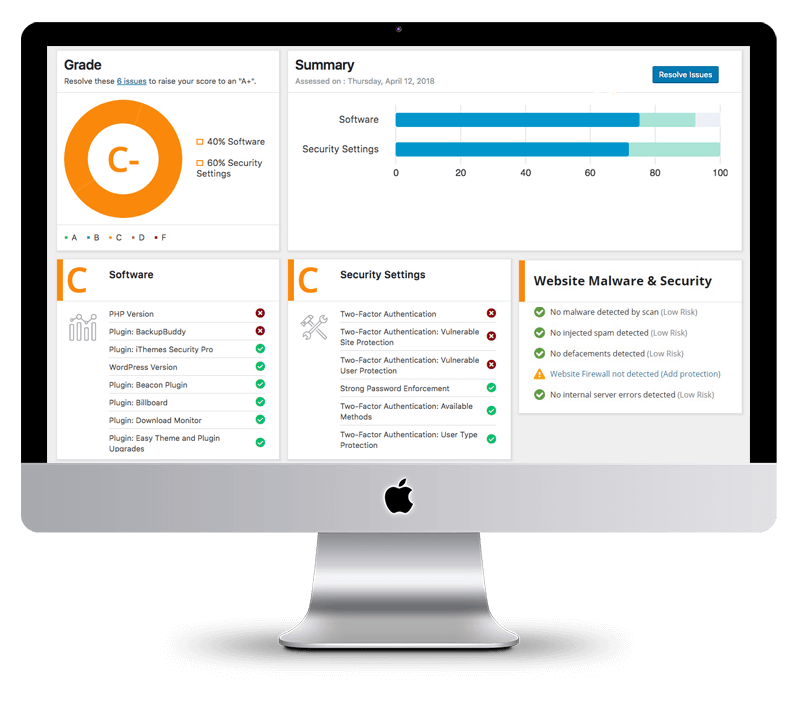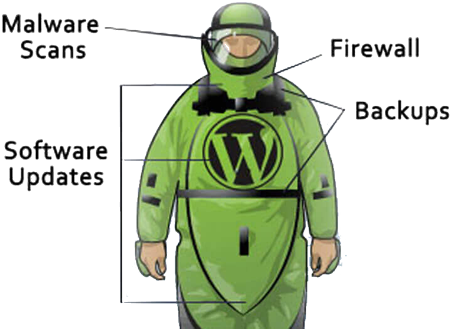The world of e-commerce and direct-to-consumer (DTC) brands has been through a lot lately. Many brands are now looking for smart, scalable ways to boost sales and marketing, and search engines, especially Google, can be a great way to get a good return on investment. At Hog the Web, we’ve worked with some big DTC e-commerce brands on SEO, content, and paid search campaigns. Today, we’re sharing some future-proof e-commerce search strategies you can use for your business. We’ll look at examples from some of the fastest-growing and most successful DTC brands out there to help you get ready for the future of e-commerce search and how AI will change things.
AI is set to transform e-commerce search marketing and online shopping overall. Tools like Perplexity are showing product recommendations right in their search results, and you can even check out directly from there. ChatGPT is also recommending products. Product discovery is changing, and perhaps even more significantly, OpenAI has introduced ‘Operator,’ an AI agent that can shop on behalf of your customers. This means e-commerce needs to be ready for AI agents to make purchases instead of humans. So, every e-commerce marketer needs to keep up with these trends, and the strategies we’ll discuss are designed to help you do just that. They work for today’s human shoppers on Google, but they also prepare you for a future where AI tools handle product discovery and even purchases.
The key to steady e-commerce growth comes down to two main things: your customer acquisition cost (CAC) and your customer lifetime value (CLV). If you can lower the cost to get a new customer while increasing how much that customer spends over time, you’ll make more money and can invest more in marketing to grow your business.
Lowering Customer Acquisition Cost
Most e-commerce brands see two types of customers: those who know exactly what they want and those who need a little help deciding. For the second group, quizzes can be really effective. They also help you capture email addresses, which is great for email marketing.
- Quiz-Driven Acquisition: Brands like Lick (paint) and Hims (men’s health) use quizzes to guide customers to the right products. Lick offers a low-commitment way to get a paint sample for just $2. Hims uses a diagnostic approach that feels personal, even if it recommends similar products to everyone. These quizzes collect email addresses, allowing for personalized email follow-ups that feel relevant to the user’s situation. Capturing emails early means you can use email marketing, which is essentially free, to follow up with visitors you’ve already paid to attract, significantly dropping your customer acquisition cost.
- Incentives and Scarcity: Offering a discount for the first order, like Sakuraco (Japanese snack subscription box) offering $5 off, is a simple way to encourage email sign-ups. Adding scarcity or a "fear of missing out" (FOMO) to product pages can also increase conversion rates. Sakuraco includes different items in each monthly box, encouraging customers to buy now before they miss out.
- Design and Branding: Don’t underestimate the power of good design. Brands like Crumbl Cookies make even simple products like cookies look cool and original through great photography and website design. Their strong brand presence helps them attract millions of organic search visitors monthly and even do unique collaborations.
Increasing Customer Lifetime Value
Email marketing is a powerful tool for increasing CLV. Beyond initial purchases, brands can:
- Subscription Models: Offering subscriptions, like Sakuraco does, means you only pay the customer acquisition cost once. Offering discounts for longer subscription periods makes this model even more profitable.
- Post-Purchase Engagement: Sending emails that help customers understand how to use a product, like Away Travel does, can reduce returns and increase satisfaction. These emails often feature custom graphics and friendly copy, making the customer feel supported.
- Promotional Emails: Regularly introducing new products or categories via email, focusing on benefits and using beautiful imagery, can drive repeat purchases. Ensure calls to action are repeated throughout the email to make purchasing easier.
- Automated Sequences: Implementing automated email sequences for basket abandonment (when someone leaves items in their cart) and browse abandonment (when someone looks at products in a category but doesn’t buy) can significantly boost sales. These automations can run profitably for years with minimal changes.
Driving More Traffic Through Search
Optimizing your website for search engines is key to driving traffic. This involves creating high-quality product pages and leveraging third-party content.
- Optimized Product Pages: Brands like Away Travel create excellent product pages with detailed descriptions, videos showing products in action, clear feature breakdowns, and user reviews. Using exact match keywords in product names, like "Weekender bag," can also help with search rankings.
- Third-Party Content and AI Visibility: AI tools like ChatGPT and Perplexity source product recommendations from content sites rather than directly from brand websites. Brands that get featured on high-authority sites (like Forbes, New York Times, CNN) benefit from both traditional SEO growth and visibility in AI recommendations. This digital PR effort is becoming increasingly important as AI agents use these sites for product discovery.
- Informational Content: Blog posts are not dead. Google is integrating AI answers into search results, and informational queries can lead to commercial ones. A well-researched blog post that links to relevant products can capture users who are researching, like a post about carry-on luggage sizes leading to product recommendations.
- Advanced Search Advertising: Consider strategies like dual-branding, where a company owns multiple brands targeting slightly different customer segments. This allows them to dominate more ad space. For example, Ichigo Inc. uses Tokyo Treat and Sakuraco to capture significant ad real estate for Japanese snack subscriptions, positioning each brand distinctively (fun vs. authentic/high-quality) to appeal to different customer preferences.
Key Takeaways:
- Embrace AI: Prepare for AI agents to influence or make purchasing decisions. Optimize content for AI discovery.
- Focus on CAC & CLV: Lower the cost to acquire customers while increasing their long-term value through subscriptions and email marketing.
- Leverage Quizzes: Use quizzes for personalized customer acquisition and email list building.
- Prioritize Design & Branding: Make your products and website visually appealing to stand out.
- Invest in Digital PR: Get featured on high-authority third-party sites for SEO and AI visibility.
- Optimize Product Pages: Ensure your product pages are informative, visually engaging, and keyword-rich.
- Master Email Marketing: Implement automated sequences for abandonment and post-purchase engagement to maximize ROI.
- Strategic Paid Search: Utilize dual-branding and clear positioning in ad copy to capture more market share.
By implementing these strategies, e-commerce brands can reduce acquisition costs, increase customer lifetime value, and position themselves for success in the evolving landscape of online shopping.

Rodney Laws is an ecommerce expert with over a decade of experience helping entrepreneurs build and grow online businesses. He specializes in reviewing ecommerce platforms, optimizing user experience, and guiding brands toward higher conversions. His insights have been published on leading industry sites including UsabilityGeek, G2, Spendesk, and PPC Hero.
As the editor at EcommercePlatforms.io, Rodney combines hands-on knowledge with clear, actionable advice to help business owners choose the right tools and strategies. When he’s not testing the latest software or analyzing trends, he’s sharing practical tips that make complex ecommerce decisions simple.




